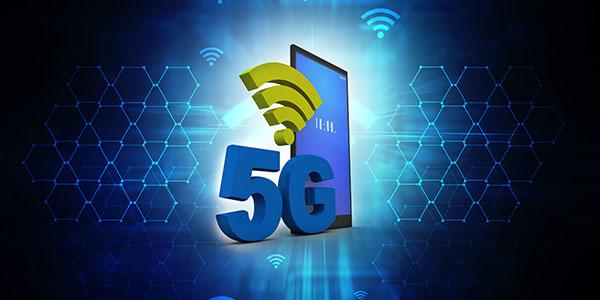5G Offers Opportunity for Improved Allied and Coalition Communications
The implications of 5G for the U.S. Defense Department are profound. Among the plethora of capabilities it will provide—enabling the Internet of Things, low latency, higher bandwidth—5G could be used to run a multilevel secure coalition communications system.
Terry Halvorsen, chief information officer and executive vice president, IT and Mobile Business to Business group, Samsung Electronics, and former chief information officer for the Department of Defense, described the opportunity 5G offers for allied communications during a roundtable discussion on day two of the virtual AFCEA/GMU Critical Issues in C4I Symposium.
“One of the problems the DOD has faced in the past with allied communications or coalition comm[unication] is that you’ve got a fairly fifth degree of separation between what the U.S. has in its system, what NATO has and what other countries have,” said Halvorsen.
“Under a 5G tactical system, which you could deploy locally because of the characteristics that we’ve had like network slicing, you could actually use a 5G system, coupled with mobile devices and tablets that are 5G-equipped to run a multilevel secure coalition system,” he explained.
More importantly, that 5G system could serve as the control network. “It would actually let you control your legacy HF [high frequency] and SATCOM [satellite communications] systems so that you could get maximum efficiency out of those,” Halvorsen added.
The U.S. could do things like send a disaggregated set of messages over some multiple HF and SATCOM systems, under the control of using a 5G and artificial intelligence system, “that would let you, the allies, the coalition, all be able to synchronize that set of communications,” said Halvorsen.
The former DOD CIO sees the potential for huge gains for these 5G systems. Beyond the defense sector, a 5G tactical system could be used for sharing national disaster responses.
“Or say something like the world had a pandemic and hypothetically you needed to share lots of medical data around the world,” Halvorsen said sarcastically. These systems with a 5G backbone, as they are developed and put in place, are going to be fantastic, he added.
Halvorsen also mentioned that in terms of deployment of 5G technology and 5G ecosystems, many people think the leader is China. It is not. It is South Korea.
“South Korea has the biggest 5G network that is operational today and they used it extensively in how they were combating COVID-19 with great results,” stated Halvorsen.
Indeed, South Korea has been held up as one of the countries that has responded well to the pandemic and a lot of that had to do with the combination of 5G, the ecosystem technology and other technologies they were able to apply to control the disease, Halvorsen said.
On-demand viewing of this year's AFCEA/GMU Critical Issues in C4I Symposium is now available at www.afcea.org/event/GMU-Registration.





Comments